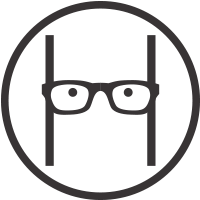I created the first film with the simple goal of learning to use the tools. I didn’t know if it would yield anything worth watching but that was not the point. The point was playing, not performing. For most people in the creative industry, few things are more important than the craft. Your mission is to get as close as possible to your idea of perfection. You sweat every word in the script. You hire the best director Scandinavia has to offer. You ask David Fincher’s DP (yes, you got him for this) why he decided to shoot your tabletop commercial with Super Prime lenses. You wonder, but don't ask, how it would have looked with Supreme Primes instead. You grade a 15-second social post with the same colorist that finished Oppenheimer. Frame. By. Frame. If he’s good enough for Christopher Nolan, he’s good enough for you. You craft the shit out of everything. Because that’s who you are. A goddamn perfectionist.
One of the biggest hurdles for any creative person is the gap between their taste and what they can produce. Ira Glass spoke brilliantly about this. With Gen AI, that gap can feel both narrower and wider at the same time—you can generate anything you need but you rarely get exactly what you want. The first and most important step in working with Gen AI tools is to accept that the output won’t be 100% perfect. Once you start seeing perfection not as 100 but at, say, 85.6%, it is incredibly liberating. It allows you to shift your focus from technical flaws to what matters the most: the story. And sometimes, the imperfections you encounter along the way end up shaping that very story.
Read a complete breakdown of the process here
